Introduction
In the realm of culinary arts and everyday household practices, the preservation of fruits, especially those that have been peeled, poses a unique challenge. The delicate balance between maintaining the natural sweetness, texture, and nutritional value of fruits while ensuring they remain free from contamination and spoilage is crucial. Peeling fruits exposes their flesh to air, which accelerates oxidation, leading to discoloration and a decline in quality. This article delves into the various methods and techniques that can be employed to effectively preserve the freshness of peeled fruits, ensuring they retain their desirable attributes for extended periods.
Understanding the Process of Oxidation
Oxidation is a natural chemical reaction that occurs when a substance, such as fruit, comes into contact with oxygen. In the context of peeled fruits, this process leads to the browning of the fruit’s flesh, a phenomenon commonly known as enzymatic browning. Enzymes present in the fruit’s cells, particularly polyphenol oxidase (PPO) and peroxidase (POD), catalyze the reaction between oxygen and phenolic compounds, resulting in the formation of brown pigments.
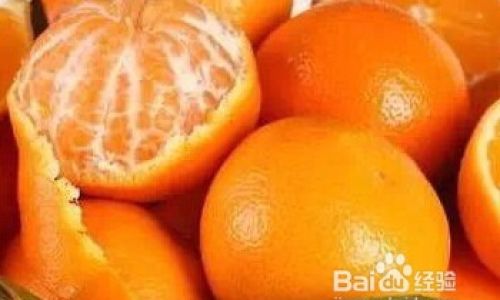
To combat enzymatic browning, several strategies can be adopted, ranging from physical methods like immersion in water or acidic solutions to chemical treatments using antioxidants or enzymes inhibitors. Each method aims to either limit oxygen exposure, neutralize the enzymes responsible for browning, or stabilize the phenolic compounds.
Physical Methods of Preserving Peeled Fruits
-
Cold Storage
One of the most straightforward methods to extend the shelf life of peeled fruits is to store them at refrigerated temperatures. Cold storage slows down the metabolic processes within the fruit, including enzyme activity, thereby delaying spoilage. However, it’s essential to wrap the fruits tightly in plastic wrap or store them in airtight containers to minimize oxygen exposure.
For optimal results, peeled fruits should be refrigerated immediately after preparation. Fruits like apples, pears, and bananas should be stored separately as they emit ethylene gas, which can accelerate ripening and spoilage of other fruits.
-
Vacuum Packing
Vacuum packing involves removing the air from a container or bag and sealing it tightly. This method creates an anaerobic environment, significantly reducing the oxygen available for enzymatic browning. Commercial vacuum sealers are highly effective but can be costly. Alternatively, household vacuum bags or even a manual pump can be used to achieve similar results.
When vacuum packing peeled fruits, ensure they are dry to prevent moisture from condensing inside the package, which could promote mold growth.
-
Blanching
Blanching involves immersing fruits in boiling water for a brief period, followed by rapid cooling in ice water. This process inactivates enzymes responsible for browning, thus preserving the fruit’s color and texture. However, blanching also softens the fruit, making it less suitable for certain applications like fresh salads.
The duration of blanching varies depending on the type of fruit and its thickness. Over-blanching can lead to loss of flavor and texture, so precise timing is crucial.
-
Immersion in Water or Acidic Solutions
Submerging peeled fruits in water creates a barrier between the fruit and oxygen, slowing down browning. However, plain water can cause the fruit to lose its firmness and flavor over time. Adding a small amount of acid, such as lemon juice, vinegar, or ascorbic acid (Vitamin C), enhances the preservation effect by lowering the pH level, which further inhibits enzyme activity.
When using acidic solutions, it’s important to monitor the concentration carefully. Too much acid can alter the taste of the fruit. Additionally, changing the water or solution regularly can help prevent bacterial growth.
-
Freezing
Freezing is a reliable long-term preservation method for peeled fruits. By lowering the temperature to below the freezing point, all metabolic processes, including enzyme activity, are halted. Properly frozen fruits can retain their quality for several months.
Before freezing, peeled fruits should be washed, dried, and possibly dipped in a syrup or ascorbic acid solution to prevent freezer burn and maintain moisture content. They can then be stored in airtight containers or freezer bags, ensuring minimal air is trapped inside.
Chemical Methods of Preserving Peeled Fruits
-
Use of Antioxidants
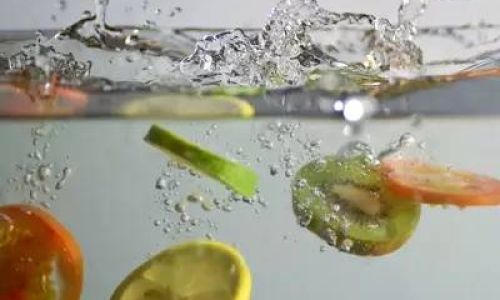
Antioxidants are compounds that neutralize free radicals, thereby preventing oxidative damage. In the context of fruit preservation, antioxidants like ascorbic acid (Vitamin C), citric acid, and tocopherols (Vitamin E) can be applied to peeled fruits to delay browning.
Ascorbic acid is particularly effective due to its ability to scavenge oxygen radicals and chelate metal ions that catalyze browning reactions. It can be applied as a spray, dip, or even incorporated into syrups used for freezing.
-
Enzyme Inhibitors
Enzyme inhibitors are substances that bind to enzymes and prevent them from functioning. In fruit preservation, inhibitors like sulfur dioxide (SO2) and cysteine can be used to inactivate polyphenol oxidase and peroxidase.
Sulfur dioxide is commonly used in the wine industry and can also be effective in preserving peeled fruits, particularly those prone to severe browning like apples and pears. However, its use requires careful handling due to potential health risks associated with high concentrations.
-
Edible Coatings
Edible coatings are thin layers of material applied to the surface of fruits to provide a protective barrier against oxygen and moisture. These coatings can be made from natural ingredients like wax, gelatin, chitosan, or alginate.
Chitosan, derived from chitin found in crustacean shells, is particularly popular due to its biodegradability and effectiveness in inhibiting microbial growth. Edible coatings can be applied as sprays, dips, or formed into films that are wrapped around the fruit.
Practical Tips for Preserving Peeled Fruits
-
Preparation Techniques: Always wash fruits thoroughly before peeling to remove any surface contaminants. Use sharp knives to minimize damage to the fruit’s cells, which can release enzymes and promote browning.
-
Storage Conditions: Ensure peeled fruits are stored in cool, dark places to minimize exposure to light and heat, which can accelerate spoilage.
-
Portioning: Peel and prepare fruits in smaller portions to reduce waste and ensure that all fruits are used within their optimal freshness window.
-
Monitoring: Regularly check stored fruits for signs of spoilage, such as mold, off odors, or excessive softening. Discard any fruits that show signs of deterioration.
-
Experimentation: Different fruits respond variably to preservation methods. Experiment with various techniques to find the one that best suits your needs and preferences.
Conclusion
The preservation of peeled fruits is a multifaceted endeavor that requires a combination of physical, chemical, and practical strategies. By understanding the underlying processes of oxidation and enzymatic browning, and employing effective preservation techniques, it’s possible to extend the shelf life of peeled fruits while maintaining their desirable qualities. Whether through cold storage, vacuum packing, blanching, immersion in acidic solutions, freezing, or the use of antioxidants and enzyme inhibitors, the key to successful preservation lies in careful planning, execution, and monitoring.
Remember, the best approach often depends on the specific type of fruit, the intended use, and the available resources. With a bit of experimentation and knowledge, you can enjoy the freshness and nutritional benefits of peeled fruits for much longer than you might have thought possible. Happy preserving!
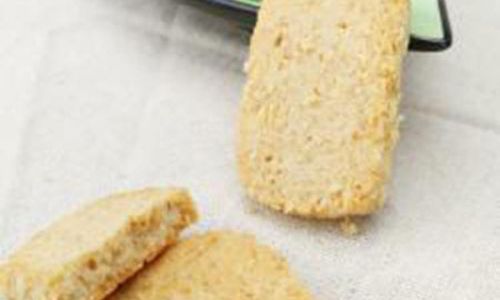
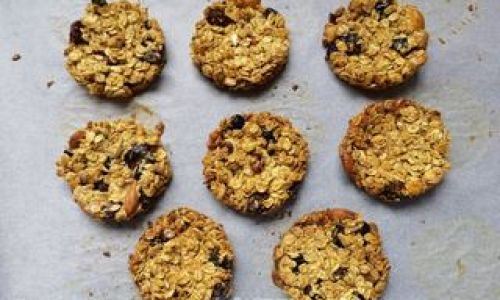
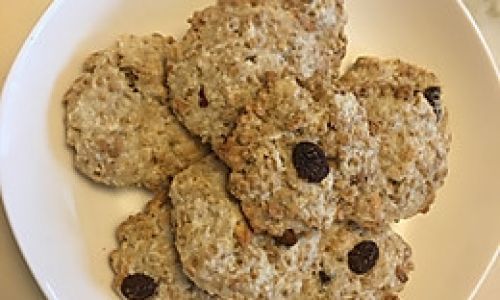
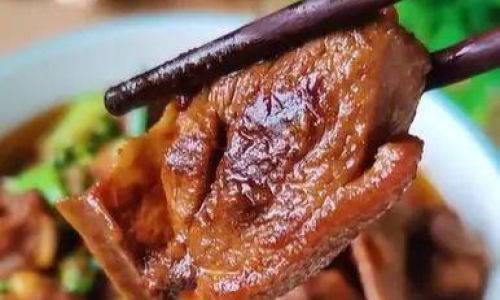
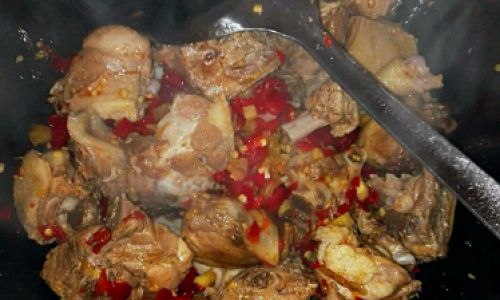

0 comments